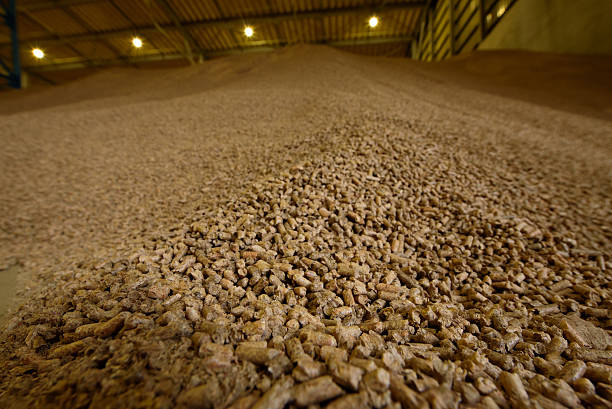In the pursuit of sustainable energy sources, the development of biomass pellet machines has become a hot topic. These machines can transform agricultural waste into efficient energy, contributing not only to environmental protection but also to the effective utilization of agricultural byproducts. Let’s delve into the world of biomass pellets and explore some recent industry news.
The Controversy of Wood Pellets as a Green Energy Source
Wood pellet mills play a crucial role in the production of biomass pellets. Here’s how it works:
- Chipping: Wood is chipped into smaller pieces.
- Drying: The wood chips are dried to reduce moisture content.
- Grinding: The dried wood is ground into fine particles.
- Compression: The ground wood is compressed into uniform pellets.
These pellets are then shipped, primarily to the UK, where they are burned for energy. However, the process isn’t without controversy. Let’s examine some key points:
Land Ownership and Conservation
- Most forest land in North Carolina (where many of these trees are sourced) is privately owned, often in small holdings. These small landowners may not qualify for conservation easements, which encourage tree preservation.
- Some third-generation African American landowners, descendants of the Great Migration, own these small forest plots. Biomass offers an opportunity for them to utilize low-value holdings effectively.
Environmental Justice and Local Impact
- Sherri White-Williamson, an environmental justice advocate, highlights concerns about the wood pellet industry’s impact on water, air, and noise.
- Volatile organic compounds emitted during wood pellet manufacture, especially from softwood like pine, can be problematic due to their conversion into noxious substances.
Balancing Economic Development and Environmental Considerations
While the wood pellet industry provides local employment, it’s essential to address environmental consequences. The outbreak of COVID-19 further disrupted the market, but biomass pellets remain a viable alternative to fossil fuels.

Global Biomass Pellets Market
- The global biomass pellets market reached USD 9.0 billion in 2020 and is projected to grow to USD 23.3 billion by 2028, with a CAGR of 5.3%.
- Biomass pellets, made from agricultural biomass, wood waste, and forestry residues, offer cost-effective handling and high combustion efficiency.
- Rising demand for biomass pellets as co-firing fuel in coal-based boilers drives market growth.
- Technological advancements in pellet mill development contribute to improved performance.
- Governments worldwide are promoting biomass fuel usage to reduce dependency on crude oils.
Biomass pellets hold promise as a green energy solution, but balancing economic development with environmental impact remains a challenge.
